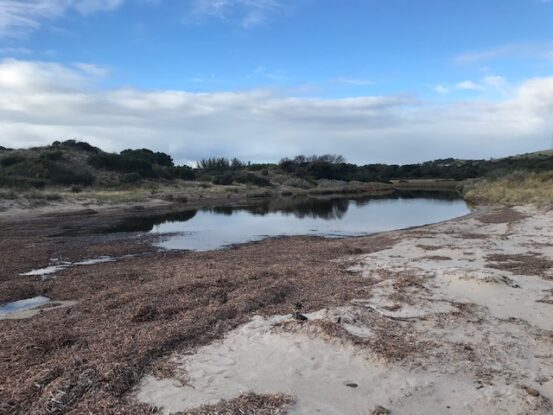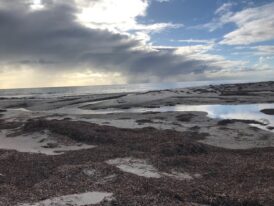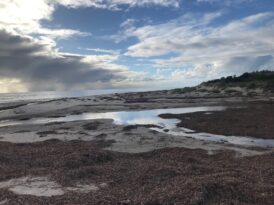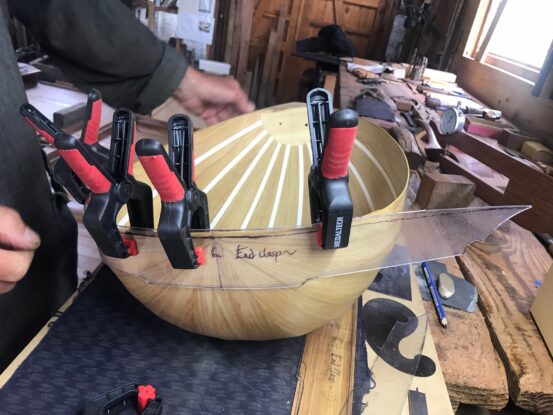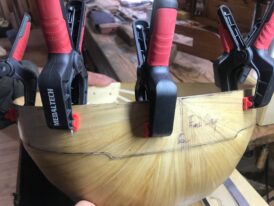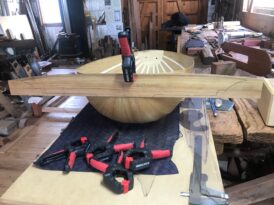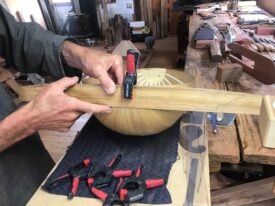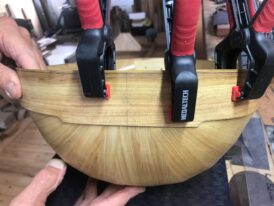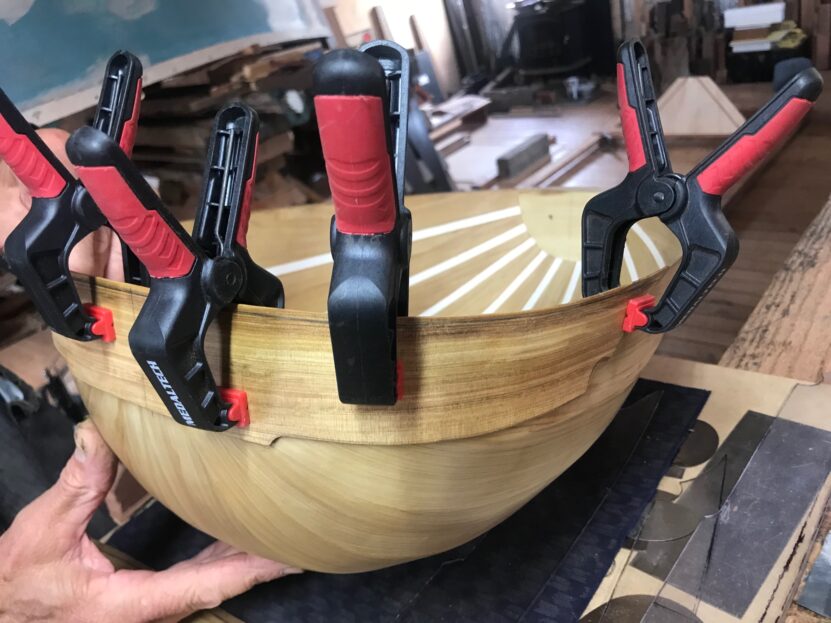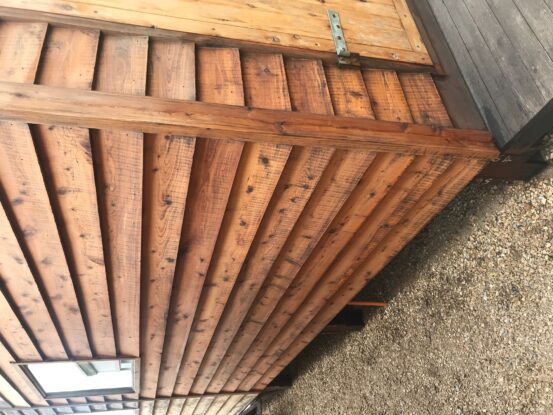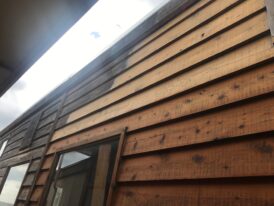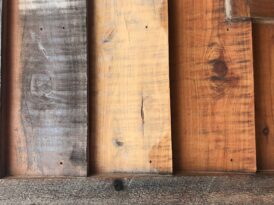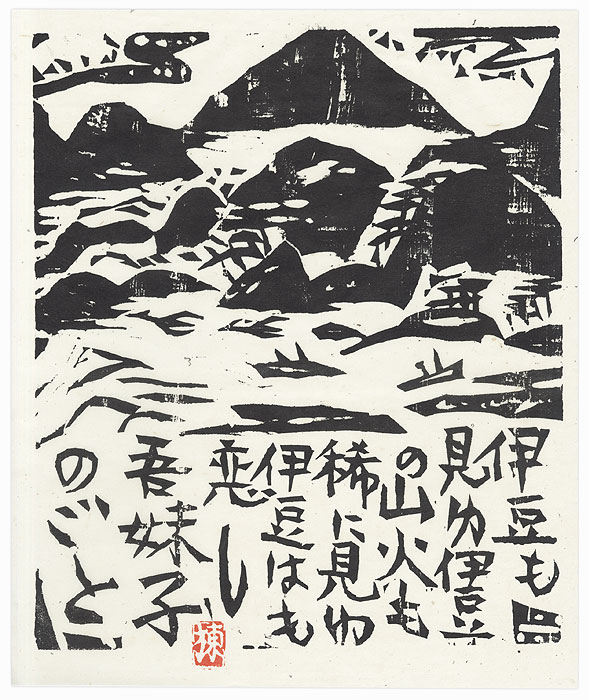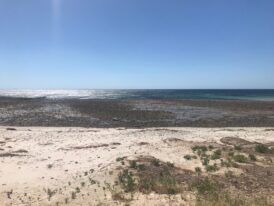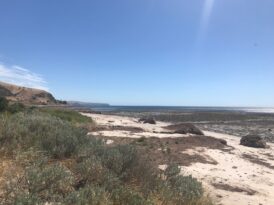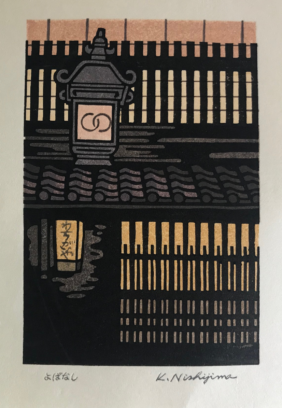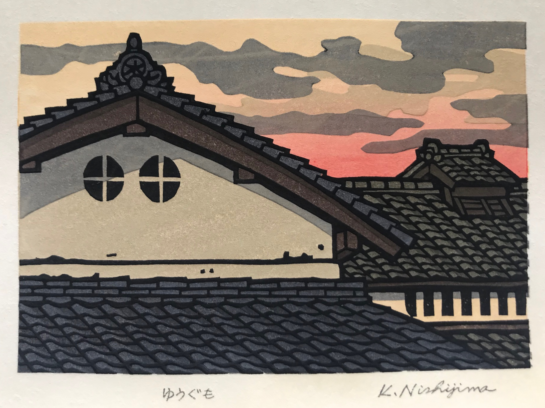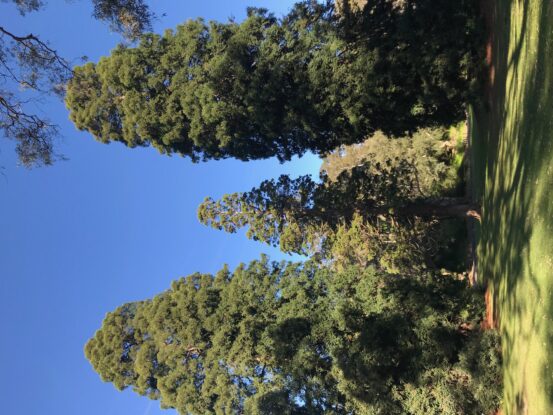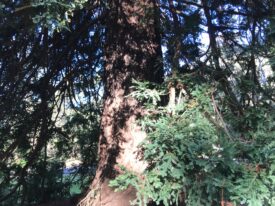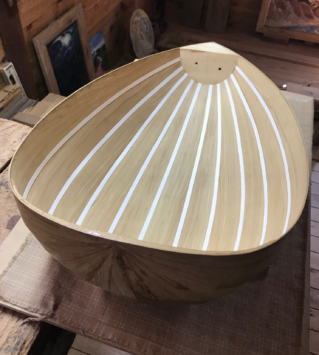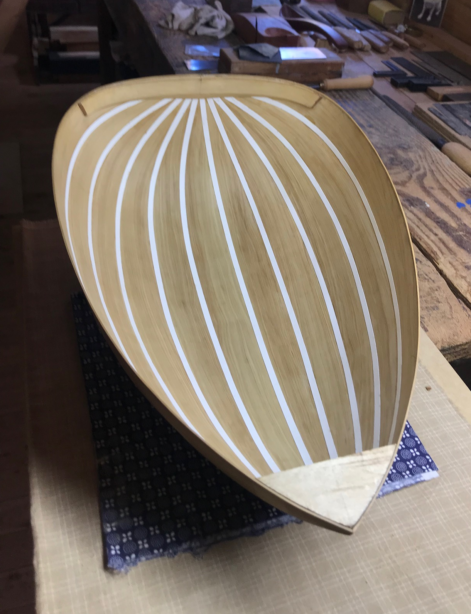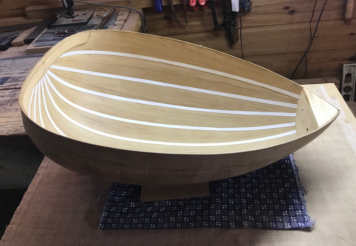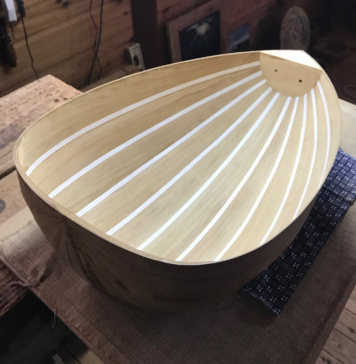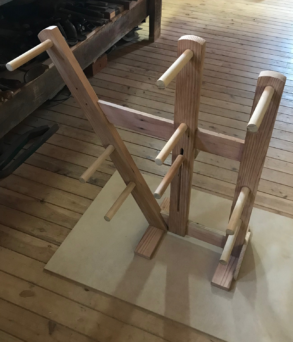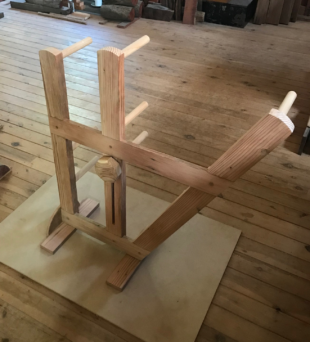I was out and about early today, with a fine rain soaking my hat, my shoes and everything in between. I usually walk southwards in the mornings, and northwards in the afternoons: that seems to be the comfortable thing to do, and has therefore become my Way.
Crested Terns were huddled on the edge of the reef, their beaks pointing into a northwesterly breeze. A solitary Heron poked about in the rock pools….and I encountered a long-time friend: the resident Black Oystercatcher, who visited a few years back, liked what he saw, and stayed on. I think he is a bachelor. He wanders among the rocks with his head down, now and then uttering a plaintive little note, and scarcely bothering to move aside when I approach.
High up, a handsome Pacific Gull sailed across, from south to north. These birds, as they fly, keep a weather-eye out for unconsidered trifles – and yet,
they always give the impression of being on a mission; of heading for somewhere in particular, and with a particular purpose in mind. They are a bird of mystery, and mastery, and long distances….
Yesterday afternoon Sam and I strolled to the Estuary, a quarter of a mile north of our Bay, to see what was what. Sam was armed with his tiny phone camera, and he did an excellent job in capturing the delicate lights and colours of autumn. I think of Autumn as the season of pastels: colour becomes less intense; contours shift and merge. The river itself changes course from day to day, as water trapped upstream starts flowing into the ocean.
We noted a single Pacific Gull, a single Silver Gull, both perched on the western side of the sandbar: not too close together, not too far apart. It looked to be a companionable – a shared – solitude.
